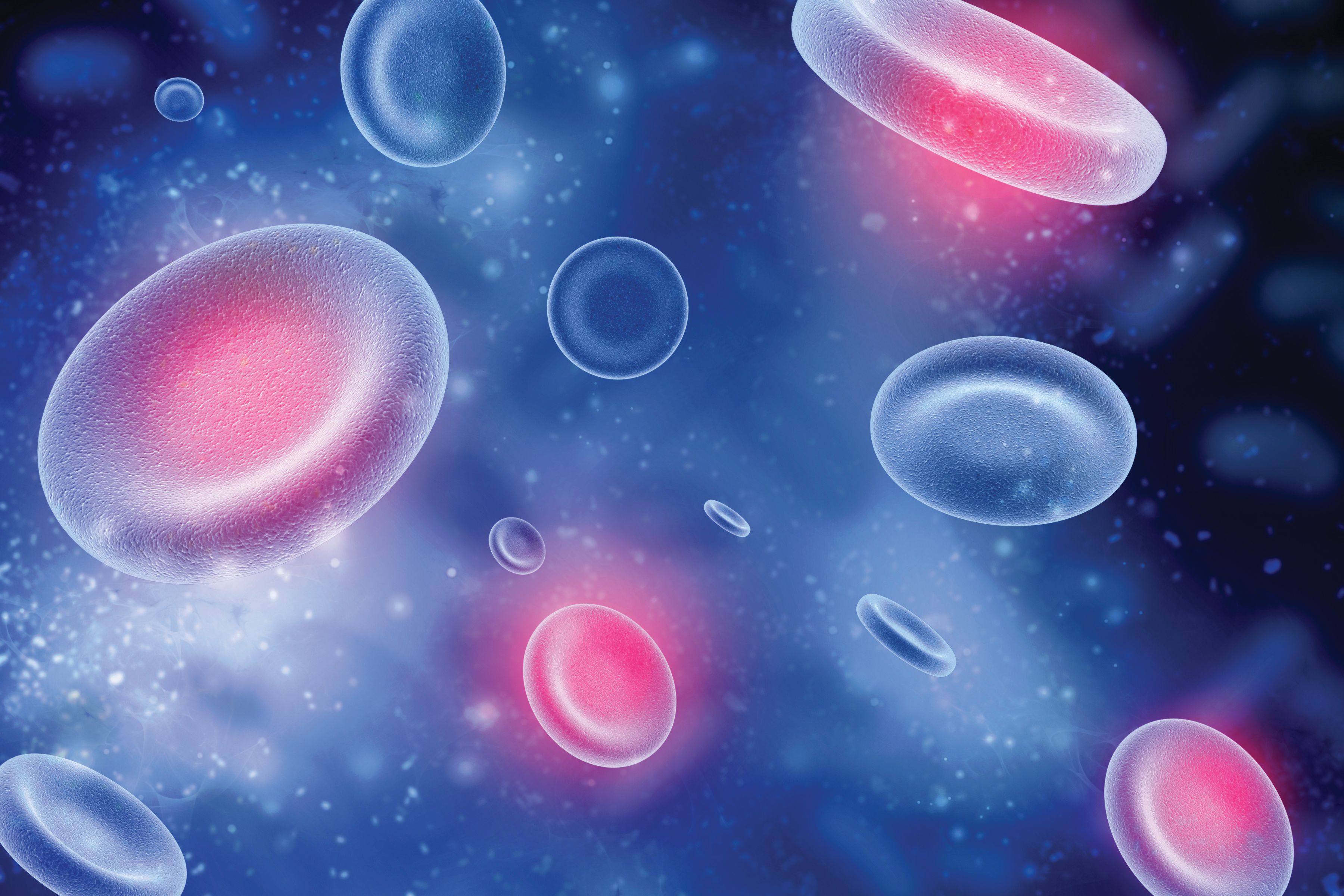Epcoritamab Shows Robust Responses in R/R Follicular Lymphoma
Data from the EPCORE NHL-1 trial support the safety and feasibility of epcoritamab for patients with relapsed/refractory follicular lymphoma.
"At the same time, the adverse effects [AEs] of cytokine release syndrome [CRS] as well as neurologic toxicity were markedly decreased by doing this kind of [step-up dosing],” according to Julie M. Vose, MD, MBA.

Robust, clinically meaningful efficacy was reported when epcoritamab-bysp (Epkinly) was used to treat patients with relapsed/refractory follicular lymphoma, according to findings from the phase 1/2 EPCORE NHL-1 trial (NCT03625037) presented at the 2024 American Society of Clinical Oncology (ASCO) Annual Meeting.
In the pivotal cohort (n = 128), the complete response (CR) rate was 66%, and the partial response (PR) rate was 17%. In the cycle 1 dose optimization cohort (n = 86), the CR rate was 64%, and the PR rate was 22%. Between the 2 cohorts, the minimal residual disease (MRD) negativity rate was 67% vs 64%. There was a favorable trend between MRD negativity and progression-free survival in all evaluable patients and those in the cycle 3, day 1 landmark analysis.
The median time to response in both cohorts was 1.4 months, and the median time to CR was 1.5 months.
“Compared with the standard dosing that was used in the prior protocol, this particular protocol [of dose optimization] had a response rate that was identical; it was in the upper 80s, and the CR rate in the 60s, with respect to this patient population. At the same time, the adverse effects [AEs] of cytokine release syndrome [CRS] as well as neurologic toxicity were markedly decreased by doing this kind of [step-up dosing],” Julie M. Vose, MD, MBA, Division Chief, Neumann M. and Mildred E. Harris Professor at the University of Nebraska Medical Center, and co-editor-in-chief of ONCOLOGY®, said in an interview prior to ASCO with CancerNetwork®.
In the pivotal cohort, the data cutoff was April 21, 2023, and the median follow-up was 17.4 months. During cycle 1, day 1, a step-up dose of 0.16 mg of epcoritamab was given; the cycle 1, day 8 step-up dose was 0.8 mg; and the cycle 1, day 15 first full dose was 48 mg. It was noted that hospitalization was required for 24 hours after the first full dose. The primary objective of this cohort was to assess the objective response rate by an independent review committee. CRS was treated prophylactically with prednisolone.
In the cycle 1 optimization cohort, the data cutoff was January 8, 2024, and the median follow-up was 5.7 months. For cycle 1, day 1, the epcoritamab step-up dose was 0.16 mg; the cycle 1, day 8 dose was 0.8 mg; cycle 1, day 15 was 3 mg; and cycle 1, day 22 was the first full dose of 48 mg. Hospitalization was not mandated. The primary objective was to assess CRS. CRS was treated prophylactically with dexamethasone and recommended adequate hydration.
Patients were eligible for treatment if they had relapsed/refractory CD20-positive follicular lymphoma between grade 1 to 3A, an ECOG performance status of 0 to 2, and received 2 or more prior lines of antineoplastic therapy that included 1 or more treatments with an anti-CD20-positive monoclonal antibody. Additionally, patients needed to receive prior treatment with an alkylating agent or lenalidomide (Revlimid), have FDG-avid disease by PET/CT, and have prior CAR T-cell therapy to enroll.
Between the pivotal and cycle 1 optimization cohorts, the median age was 65 years old vs 63.5 years old, 85% vs 92% had stage III to IV Ann Arbor stage disease, and 61% vs 51% had FLIPI between 3 and 5. Additionally, 31% vs 20% had 4 or more prior lines of therapy, 52% vs 49% had progressive disease after 24 weeks, 70% vs 63% were double refractory, 54% vs 44% were primary refractory, and 69% vs 57% were refractory to the last systemic therapy.
Of note, 98% vs 95% received the first full dose, the median number of cycles was 8 vs 5, the median duration of treatment was 8.3 months vs 3.8 months, and 37% vs 74% of patients still had ongoing treatment in the pivotal cohort and cycle 1 dose optimization cohort, respectively.
Between both cohorts, 63% vs 26% had discontinued treatment, with reasons for discontinuation being progressive disease in 34% vs 20%, and 19% vs 3% experienced adverse effects (AEs).
The most common grade 1/2 treatment-emergent AEs (TEAEs) in both cohorts were CRS (65% vs 49%), injection site reaction (57% vs 33%), fatigue (28% vs 20%), and diarrhea (25% vs 12%). The most common grade 3 TEAEs included COVID-19 (14% vs 6%) and neutropenia (13% vs 10%).
TEAEs led to treatment discontinuation in 3 patients from the cycle 1 optimization cohort, which included grade 2 bronchopulmonary aspergillosis (n = 1) and pneumonitis (n = 2). There were no fatal TEAEs.
The overall incidence of CRS was 66% vs 49% in the pivotal and cycle 1 dose optimization cohorts, respectively. Overall, 24% vs 12% were given tocilizumab (Actemra), and both cohorts saw a 100% resolution rate. The median time to resolution was 2 days in each cohort. In the pivotal cohort, 6% of patients experienced immune effector cell-associated neurotoxicity syndrome.
Reference
Vose J, Vitolo U, Lugtenburg P, et al. EPCORE NHL‑1 follicular lymphoma (FL) cycle (C) 1 optimization (OPT) cohort: expanding the clinical utility of epcoritamab in relapsed or refractory (R/R) FL. J Clin Oncol. 2024; 42(suppl 16):7015. doi:10.1200/JCO.2024.42.16_suppl.7015
Newsletter
Stay up to date on recent advances in the multidisciplinary approach to cancer.